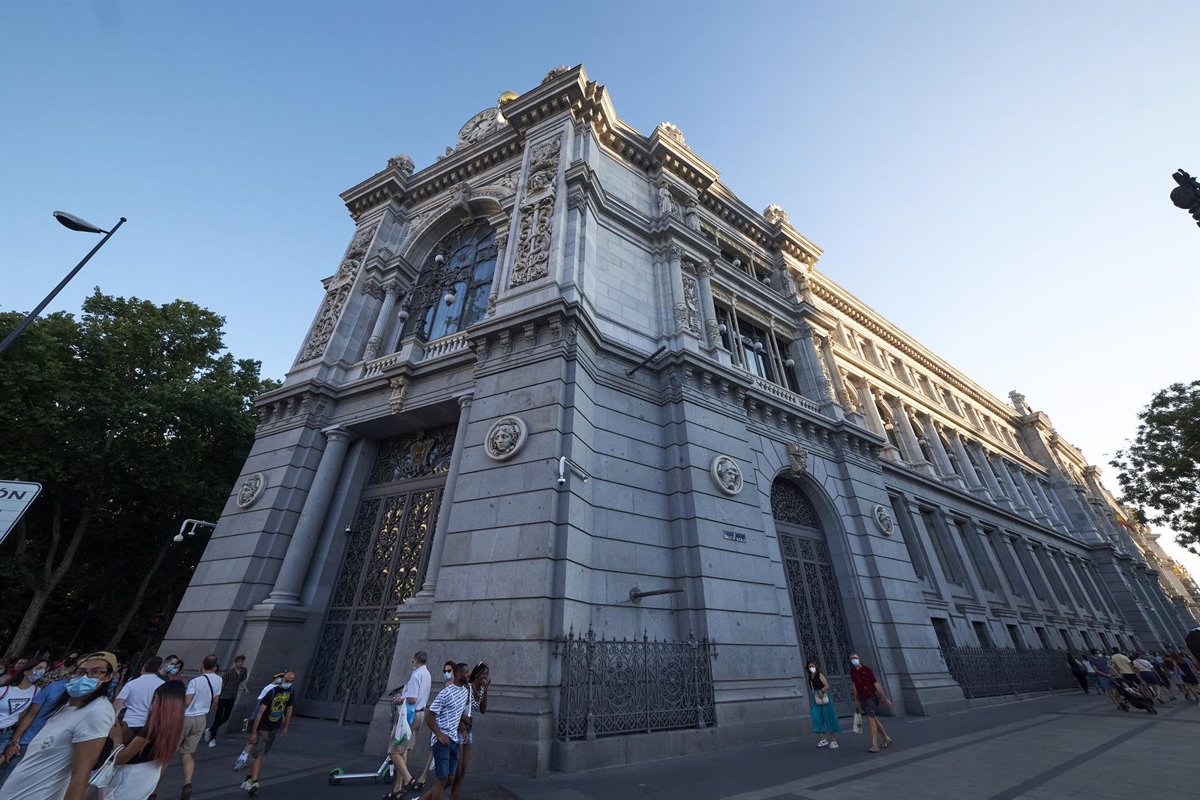MADRID, 8 May. (EUROPA PRESS) –
The Bank of Spain has appreciated a certain stabilization in the interest rate on fixed-rate mortgage loans during 2021 and the beginning of 2022, after the downward trend in 2019 and 2020.
The Euribor entered negative territory in February 2016 due to the ultra-expansive policy of the European Central Bank (ECB) to underpin the recovery in the euro zone, which triggered a mortgage battle between the entities, which have been betting on the fixed rate in the last years.
This has meant that the most conservative consumers do not have to assume the volatility derived from the interest rate risk associated with variables, while at the same time they have been able to benefit from very competitive prices, the lowest in the historical series.
Thus, in recent years fixed-rate mortgages have been gaining weight, representing in 2021 around 70% of new home mortgages granted.
Since the beginning of 2022, the Euribor has rebounded to close the month of April positive for the first time in six years, boosted by the change in the ECB’s discourse and the expectation of a rise in interest rates this year.
In this scenario, the main executives of the financial entities have recognized that they will readjust their mortgage offer, improving their proposal for the variable rate and making the fixed rate slightly more expensive.
Given these changes, which can already be seen in the mortgage portfolio of some entities, the Spanish Mortgage Association has predicted that variable-rate operations will gain momentum again.
Quarterly, banks send the Bank of Spain individualized information on interest rates and commissions usually applied to certain banking products, such as mortgages.
On the Banking Client Portal, the supervisor has published the quarterly evolution of the average data for the last three years, both of the annual nominal interest rate applied and of the APR of all entities for fixed-rate mortgage loans.
The average APR for fixed-rate mortgages fell more than one point between March 2019 and March 2022, going from 3.32% to 2.34%. Analyzing the evolution quarter by quarter, the decreases were more pronounced throughout 2019, when it closed at 2.81%, and 2020, at 2.54%, while from the 2.37% marked in March 2021 there was a slowing down of the fall.
In fact, in the first quarter of 2022 the average APR for fixed-rate loans was 2.34%, the same level as in the previous quarter.
These data reveal that, with data from March, the effect of an increase in the cost of fixed-rate loans is not yet visible, although the Bank of Spain has confirmed in its publication that “a certain stabilization of rates can be seen during the year 2021 and beginning of 2022”.
–


